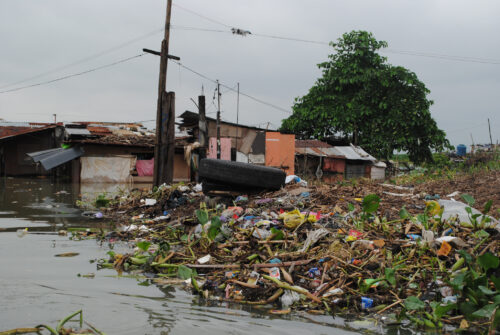Monitoring and Evaluation for Climate Adaptation Initiatives: Lessons from the Philippines


This post was originally published on Climatelinks.
Increasingly, cities are taking control of assessing local risks associated with climate change and implementing adaptation activities to build the resilience of their residents, economy, and infrastructure. However, many cities face challenges in establishing adaptation monitoring and evaluation (M&E) systems that measure and assess the effectiveness of adaptation activities.
Cagayan de Oro in the Philippines represents a typical secondary city working to increase its capacity to manage, monitor, and evaluate climate change adaptation activities. Cagayan de Oro also faces challenges that are commonplace in cities: city officials are struggling to meet national-level adaptation planning requirements and deliver basic services to residents, activity monitoring is limited to financial and physical progress, and there is limited budget for additional staff and training to implement a results-based M&E system.
In response to the need for guidance and support, the USAID-funded Adaptation Thought Leadership and Assessment (ATLAS) project conducted a literature review of M&E best practices for climate change adaptation. The project also developed a reference guide for city officials looking to establish an M&E plan for adaptation activities. ATLAS has been working with Cagayan de Oro to assess its M&E and climate change adaptation capacity, develop an M&E system tailored to the city’s Local Climate Change Action Plan, and provide recommendations to strengthen the city’s overall approach to M&E.

